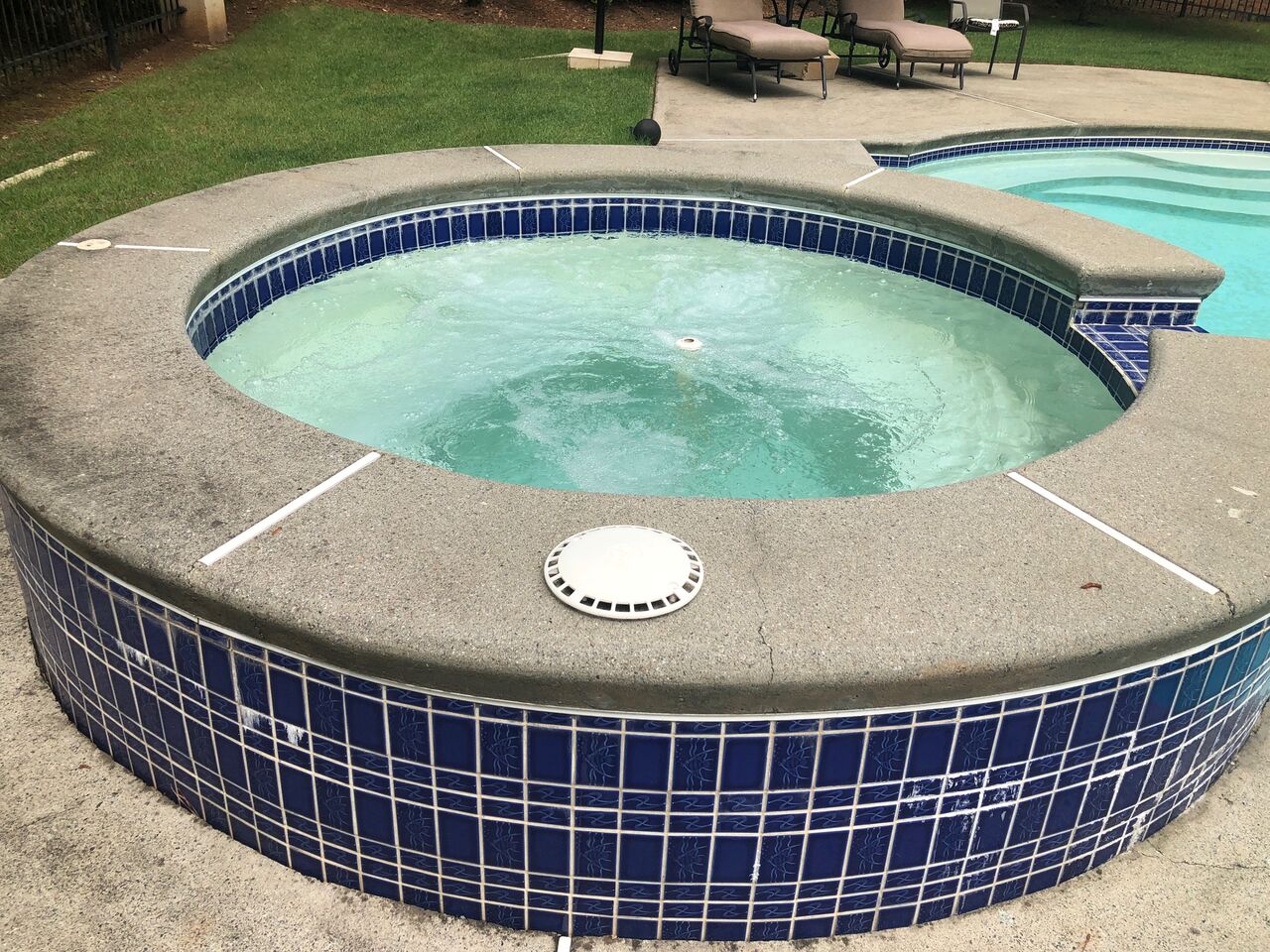
According to Hollywood, there are few things more sexy and satisfying than the soothing, bubbly warmth of a hot tub. Considering hot tubs’ hefty price tags, they feel inherently luxurious. Some claim that hydrotherapy from hot tubs can boost your health by providing stress relief, alleviating joint pain, and relaxing your muscles. Still, you might be wary of sitting in what seems to be a glorified bathtub with multiple other people whose hygiene regimens are questionable. Indeed, evidence shows that hot tubs can carry serious risks that can lead to health problems like infection, injury, and even infertility.
BACTERIAL INFECTIONS
The Center for Disease Control and Prevention released a report in May announcing the dramatic increase of cryptosporidiosis since 2000, a gastrointestinal infection caused by the parasite cryptosporidium. There were over 200 outbreaks between 2000 and 2014, with the number of illnesses peaking between June and August. People most often contracted the infection from hotel pools and hot tubs.
Cryptosporidium is a parasite transmitted through water. Specifically, when children and adults have diarrhea or have recently had diarrhea, the parasite can stay alive in most aquatic facilities’ low-chlorine water. Because most Americans don’t hose off before getting into aquatic facilities like hot tubs and pools, the risks of the parasites’ presence in pool water are exacerbated. Not showering before entering the pool, tub, or sauna is dangerous because all the dirt, grime, sweat, and even feces existing on your body ends up in the water and making people sick- and yes, most adults shed about one pea’s worth of feces in the water, with kids shedding substantially more than that. Over half of adults then swallow, even if by accident, the contaminated water when swimming and hot-tubbing.
Cryptosporidium isn’t the only threatening bacteria found in hot tubs and pools. Legionella can cause pneumonia, and Pseudomonas can lead to severe blood infections, skin rashes, and other issues. Pseudomonas also causes the notorious “hot tub rash,” identifiable by blisters around hair follicles and itchiness.
Legionella and Pseudomonas are effectively deactivated with adequate chlorine levels. However, when inspected, around 20 percent of hot tubs and public pools did not meet code. Spas and hot tubs are already at an increased risk of harmful bacterial growth because of the warm, moist environments and variety of people coming in and out.
To avoid making your body the host for these parasites, experts recommend showering before and after using a hot tub or swimming pool and using pool test strips to ensure the facility is maintaining adequate acidity and chlorine levels. These steps can help ensure that you or someone you know doesn’t end up with a nasty infection.
INJURY
You’re not off the hook for being unable to swim just because hot tubs are shallower bodies of water. Someone drowns in a tub nearly every single day, with the majority of victims being able-bodied individuals under the age of 65. Experts suspect that drug and alcohol use drive up these statistics – drinking in a hot tub can lead to fainting that renders you defenseless against the water, thus leading to drowning.
There’s also the risk of lacerations, slipping and falling, and even concussions from hot tub use. Over a nearly two-decade-long study, researchers found a dramatic increase in injuries by hot tub, again, with most victims over the age of 17. Preventing injury in a hot tub seems simple enough: go easy on the margaritas before entering the Jacuzzi. Avoiding alcohol and limiting the time you spend in the tub can also protect you from any inadvertent blood pressure drops and heart problems that can come with the popular pastime.
THE UPSIDE
Hot-water facilities like bathhouses have been fashionable for millennia. Sweating in warm, misty places have played an essential role in human culture as a respite from the cold and a venue for social interaction between people who might otherwise not connect. Today, there might be less of a need to go to public places to relax because people can shower at home. Still, there is ample evidence that saunas and hot tubs are beneficial to people’s health.
In Finland, sauna use is ubiquitous. Researchers investigated the effects of sauna use in men who frequently, at least once a week, and found that frequent visits to the sauna are correlated with improved heart health and lower blood pressure. These effects hold even when considering that most Finnish people don’t get the recommended amount of exercise per week. That being said, because Finnish saunas have different properties than Americans,’ such as the fact that Finnish saunas are wood-lined rooms heated by stoned stoves, the effects aren’t wholly applicable to American saunas. Since then, scientists have since studied the benefits of heat therapy using American hot tubs as a model.
They found that sitting in a hot tub for a short amount of time can bring you benefits comparable to that of exercise, including improving blood sugar control and burning calories. Scientists hypothesized that rising body temperatures themselves are advantageous. Other studies have shown that heat therapy using a hot tub can help polycystic ovarian syndrome sufferers mitigate adverse side effects, like blood pressure problems and prediabetes.
Overall, what hot tubs and public pools will do for you depends on how you use them. Not taking the proper precautions, like showering before and avoiding alcohol, can put you and others at unnecessary risk for illness and injury. With these safeguards, you should also consider checking the inspection scores at your local aquatic facilities before using them (sometimes they are online, or you can ask the manager). As long as you are careful, it’s not necessary to swear off your post-gym summer soak forever.
